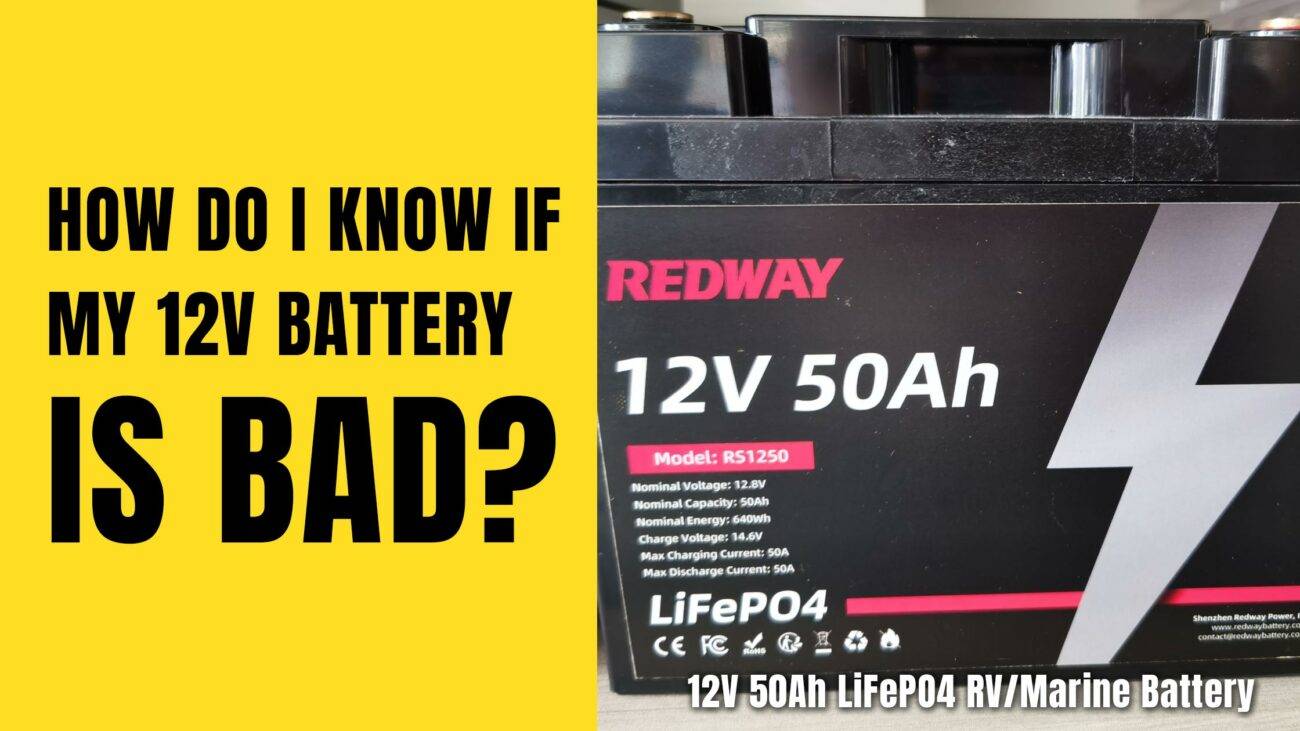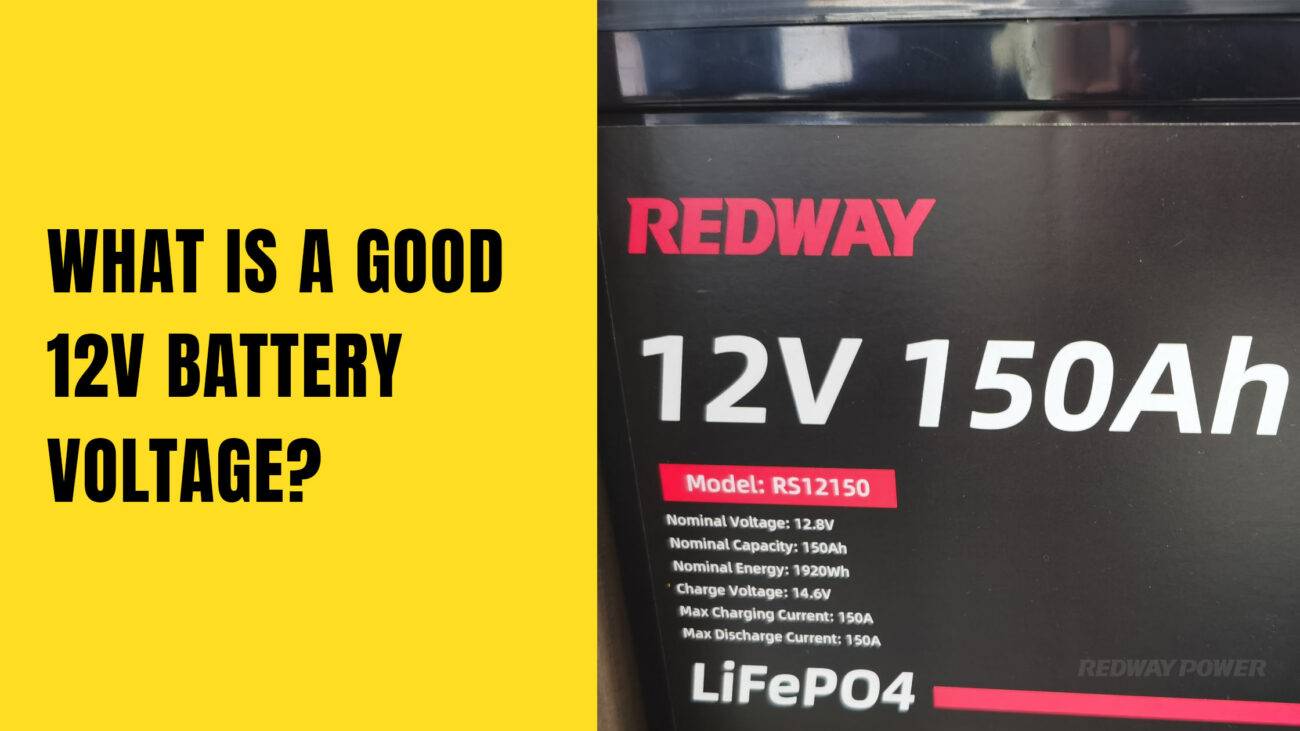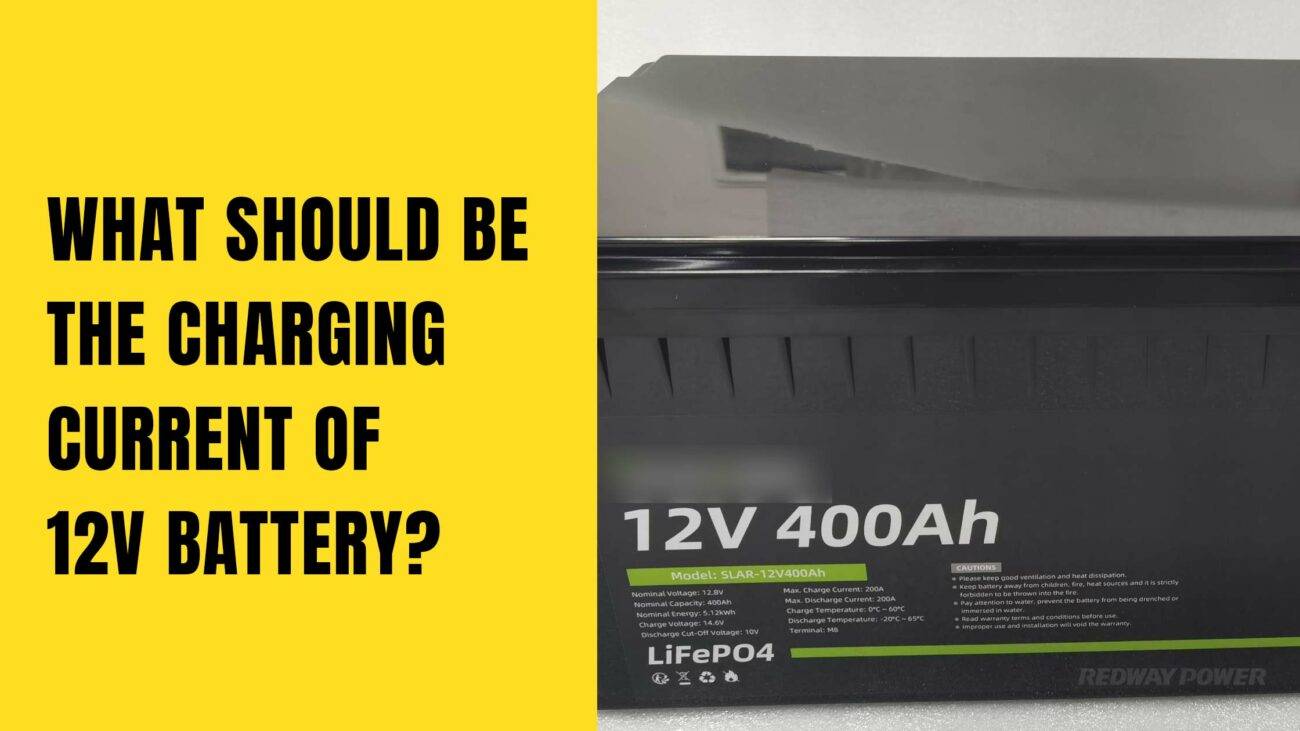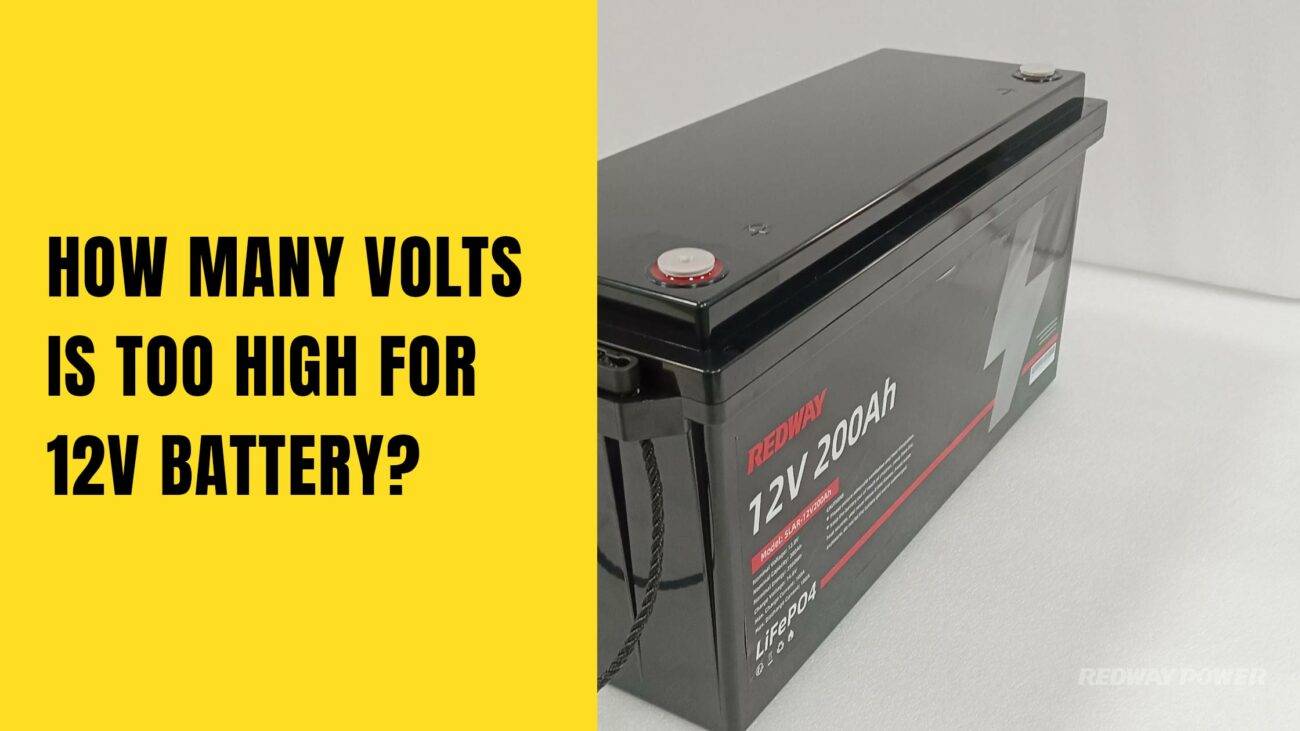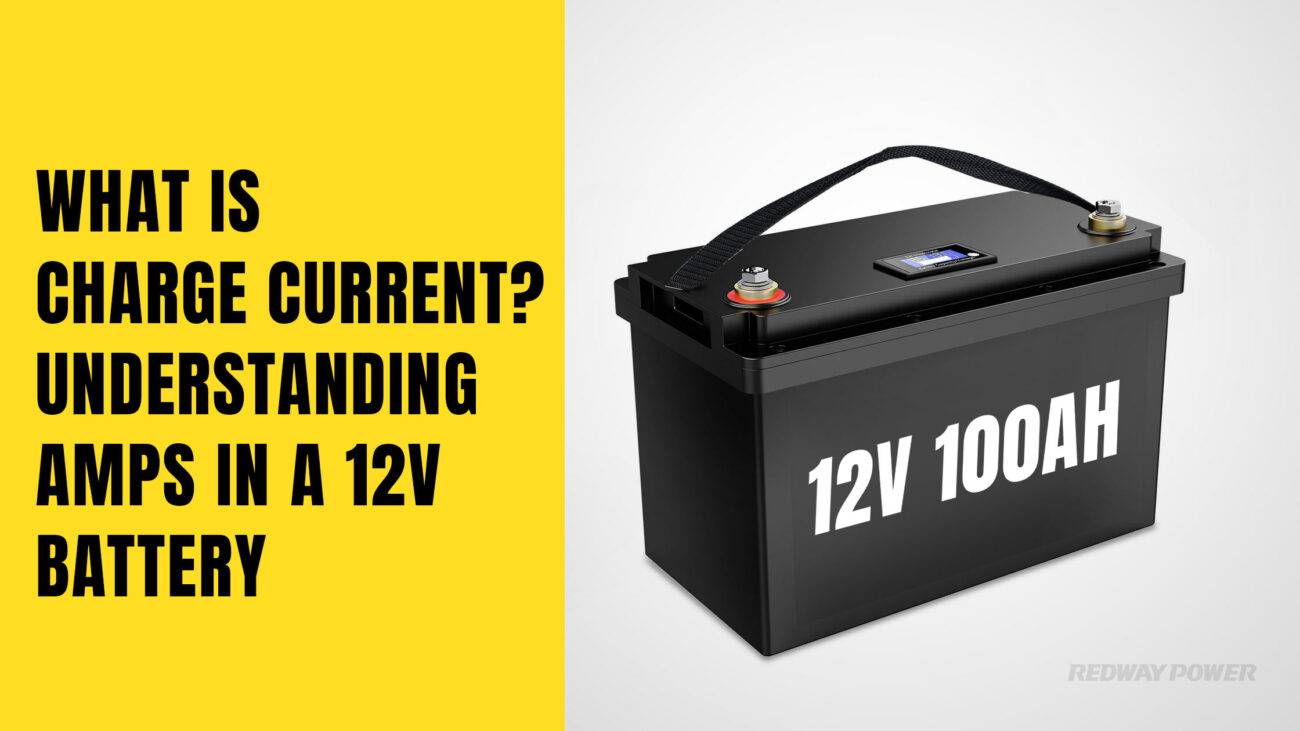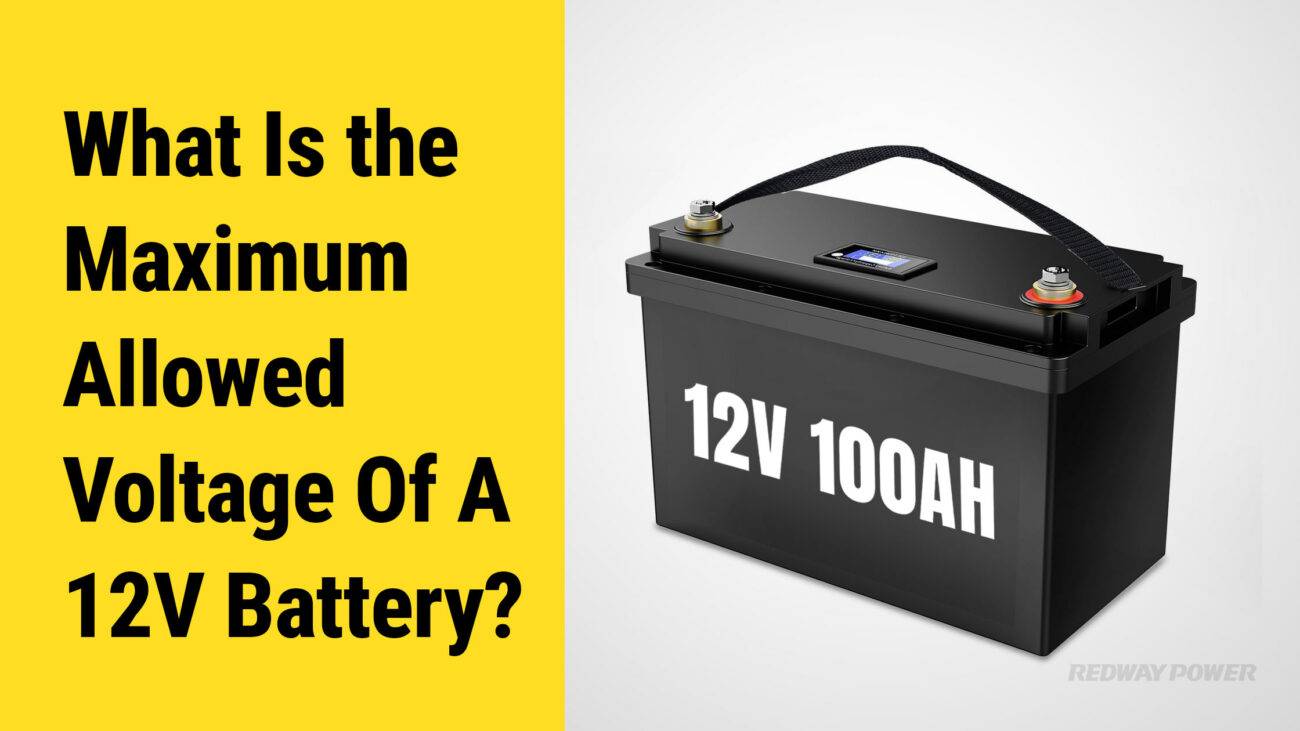- Forklift Lithium Battery
- Golf Cart Lithium Battery
- Rack-mounted Lithium Battery
51.2V 100Ah Rackmount LiFePO4 Battery
8000 times (80% DOD 0.5C)
Optional SNMP for TELECOM - Car Starter Battery
- 12V LiFePO4 Battery
12V 150Ah Lithium RV Battery
Bluetooth App | Self-heating
LiFePO4 | Group 31
UL 1642 | IEC 62619 - 24V LiFePO4 Battery
- 36V LiFePO4 Battery
- 48V LiFePO4 Battery
- 60V LiFePO4 Battery
60V 100Ah Lithium Battery (AGV, AMR, LGV)
Peak Discharge Current 400A
500 x 298 x 349 mm - 72V~96V LiFePO4 Battery
72V 100Ah Lithium Golf Cart Battery
Peak Discharge Current 315A (10S)
740 × 320 × 246 mm - Wall-mounted Lithium Battery
51.2V 100Ah 5kWh
Wall-mounted Battery532 x 425 x 170 mm / LiFePO4
>8000 Cycles (80% DOD 0.5C)
RS485 / CAN-bus
for Solar Home ESS - Home-ESS All-in-One
51.2V 32kWh
All-in-On HESS SystemPowerAll
51.2V / LiFePO4
>8000 Cycles (80% DOD 0.5C)
RS485 / CAN-bus / WiFi
All-in-One for Home ESS
How Many Volts Should a Fully Charged 12-Volt Battery Read?
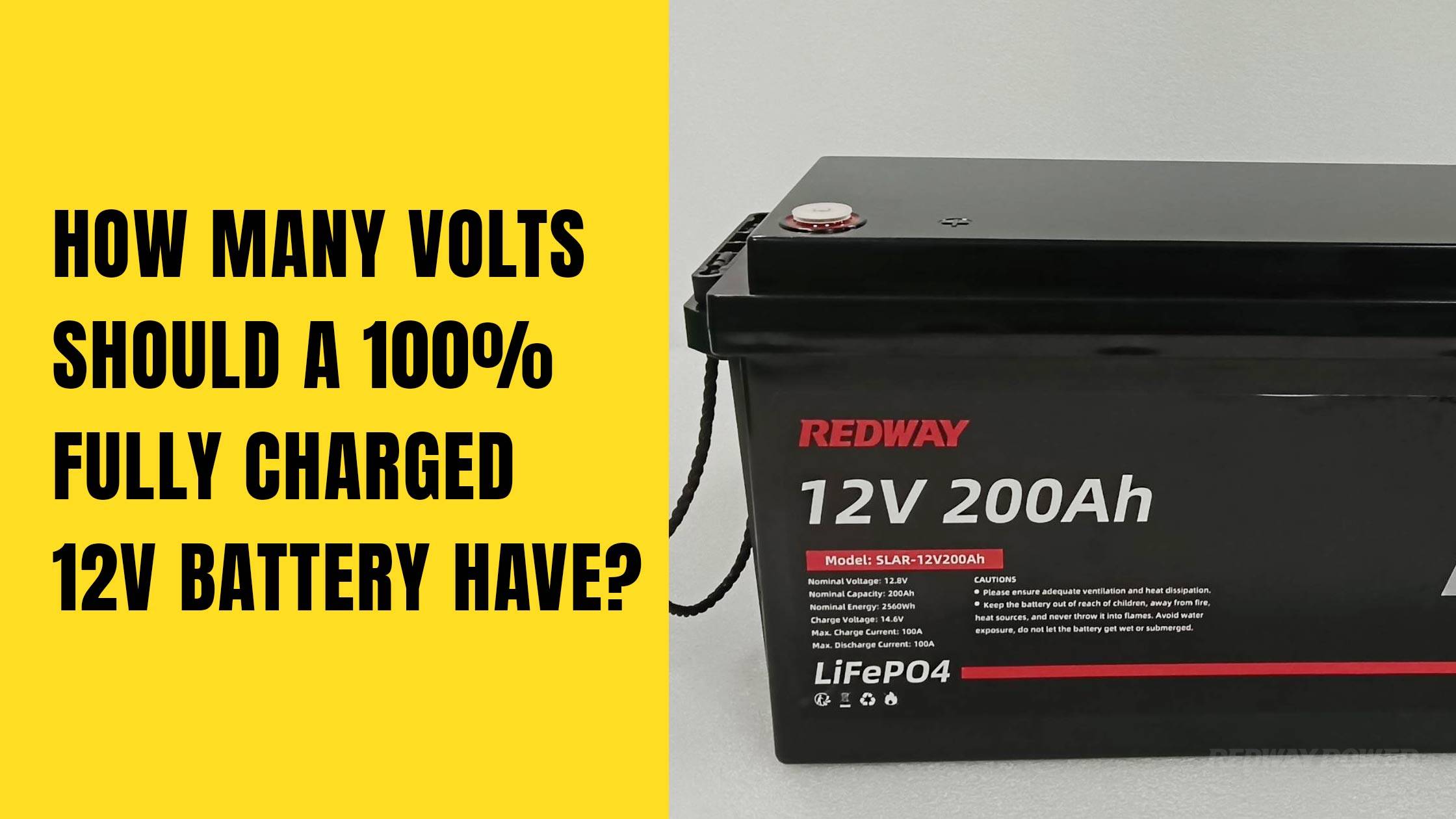
A fully charged 12-volt battery should ideally read between 12.6 and 12.8 volts when measured at rest. This range indicates that the battery is in good health and fully charged. If the reading is lower, it may require charging or indicate potential issues with the battery’s performance.
What voltage should a fully charged 12-volt battery display?
For a fully charged lead-acid battery, the voltage typically reads around 12.6 to 12.8 volts at rest. A reading of 12.9 volts indicates that the battery is in excellent condition, while anything below 12.4 volts suggests that it is partially discharged and needs attention.
| Charge State | Voltage Range |
|---|---|
| Fully Charged | 12.6 – 12.8 V |
| Partially Charged | 12.4 – 12.5 V |
| Discharged | Below 12.0 V |
How do you measure the voltage of a 12-volt battery?
To measure the voltage of a 12-volt battery, you will need a multimeter:
- Set the multimeter to the DC voltage setting.
- Connect the positive lead to the positive terminal and the negative lead to the negative terminal of the battery.
- Read the voltage displayed on the multimeter after ensuring that no load is connected to the battery.
Why do voltage readings fluctuate based on battery type?
Voltage readings can vary significantly depending on whether the battery is a lead-acid, AGM, gel, or lithium-ion type:
- Lead-Acid Batteries: Typically read 12.6 – 12.8 volts when fully charged.
- Lithium-Ion Batteries: A fully charged lithium-ion battery can read between 13.4 – 13.6 volts at rest due to different chemical properties.
| Battery Type | Fully Charged Voltage |
|---|---|
| Lead-Acid | 12.6 – 12.8 V |
| Lithium-Ion | 13.4 – 13.6 V |
What factors can affect the voltage reading of a battery?
Several factors can influence a battery’s voltage reading:
- State of Charge: The more discharged a battery is, the lower its voltage.
- Load Conditions: A connected load will cause temporary drops in voltage.
- Battery Age and Condition: Older batteries may show lower voltages even when fully charged.
How does temperature influence battery voltage levels?
Temperature plays a crucial role in determining a battery’s performance and voltage readings:
- At higher temperatures, batteries may show higher voltages due to increased chemical activity.
- Conversely, colder temperatures can reduce chemical reactions, leading to lower voltage readings.
| Temperature Range | Expected Voltage Impact |
|---|---|
| High (above 80°F) | Higher than normal |
| Moderate (60°F – 80°F) | Normal |
| Low (below 60°F) | Lower than normal |
What are the implications of low voltage readings in batteries?
Low voltage readings can indicate several issues:
- A reading below 12 volts typically means that the battery is significantly discharged and may not start an engine or power devices effectively.
- Consistently low readings can lead to sulfation in lead-acid batteries, reducing their lifespan and capacity.
How can you maintain optimal voltage levels in your batteries?
To maintain optimal voltage levels:
- Regularly check and charge your batteries to prevent deep discharges.
- Ensure proper storage conditions, avoiding extreme temperatures.
- Use appropriate chargers designed for your specific battery type to avoid overcharging or undercharging.
Industrial News
Recent developments in battery technology have highlighted advancements in lithium-ion systems, which are increasingly being adopted due to their higher efficiency and longer lifespan compared to traditional lead-acid batteries. Manufacturers are focusing on improving charging technologies and monitoring systems that provide real-time data on charge levels and health status, ensuring better performance across various applications.
Redway Power Insights
“Understanding how to measure and interpret your battery’s voltage is vital for maintaining its health,” explains an expert from Redway Power. “Regular monitoring and appropriate charging practices not only extend your battery’s lifespan but also ensure reliable performance when you need it most.”
FAQ Section
Q: What should I do if my 12V battery reads below 12 volts?
A: If your battery reads below 12 volts, it is likely discharged; recharge it as soon as possible.Q: Can I use any charger for my 12V battery?
A: No, always use a charger specifically designed for your type of battery (lead-acid, AGM, lithium).Q: How often should I check my battery’s voltage?
A: It’s advisable to check your battery’s voltage monthly or before long periods of use.Q: Is it normal for my car’s battery to read higher than 12 volts while running?
A: Yes, while running, a car’s alternator typically charges the battery at around 13.7 to 14.7 volts.
Why a Fully Charged Battery is Vital for Vehicle Performance and Reliability
Ensure optimal vehicle performance with a fully charged battery. It powers essential components like headlights, radio, and windows. Regular maintenance, including checking voltage levels, prolongs battery life and prevents breakdowns. A well-maintained charging system and using appropriate tools like multimeters are crucial for maintaining charge levels and ensuring reliable operation.
A fully charged battery is vital for your vehicle’s electrical system, powering everything from the engine to headlights. Regular maintenance, like checking voltage, ensures optimal performance and prevents breakdowns. Using tools like multimeters helps monitor battery health, while proper charging systems extend battery life. By staying proactive with maintenance, you’ll avoid unexpected roadside issues and enjoy a smoother driving experience.
How Various Factors Influence the Voltage of 12-Volt Batteries
Factors affecting battery voltage include temperature, age, charging system health, parasitic drains, and user error. Extreme temperatures can cause fluctuations. Aging batteries hold less charge, while faulty charging systems or leaving accessories on drain power. Understanding and addressing these factors ensures optimal 12-volt battery performance and longevity.
Battery voltage can fluctuate due to various factors. Temperature extremes, both hot and cold, impact chemical reactions within the battery, leading to voltage fluctuations. As batteries age, their ability to hold a charge decreases, resulting in lower voltages. Issues with the charging system, like a faulty alternator or cables, can also cause voltage drops. Additionally, parasitic drains from electrical components left on and user errors, such as leaving headlights running, can drain the battery. Understanding and addressing these factors ensures optimal battery performance and longevity, avoiding unexpected power failures or premature battery replacements. Regular monitoring and maintenance help mitigate these issues, ensuring your 12-volt battery operates efficiently and reliably.
How to Determine the Ideal Voltage for Your 12-Volt Battery
To determine the ideal voltage for a 12-volt battery, use a voltmeter, available at automotive stores. A reading of 12.6V or above indicates a fully charged, healthy battery. Temperature variations may slightly affect readings. Regular checks with a digital multimeter ensure optimal performance and longevity, crucial for reliable power in diverse conditions.
Understanding the ideal voltage range for a fully charged 12-volt battery is essential for maintaining optimal performance and longevity. Here’s what you need to know:
- Ideal Voltage Range: A fully charged 12-volt battery typically reads between 12.6 and 12.8 volts, indicating maximum capacity.
- Temperature Variation: Voltage levels may vary slightly based on temperature. Cold weather can decrease voltage, while warmer conditions may temporarily increase it.
- Measurement Accuracy: To ensure precise readings, use a digital multimeter designed for automotive batteries.
- Importance of Maintenance: Regular voltage checks help detect issues early, ensuring reliable power for various applications.
- Conclusion: Maintaining proper voltage levels in your 12-volt battery is crucial for reliable performance in diverse conditions. Regular monitoring and accurate measurements are key to ensuring your battery operates optimally when you need it most.
What You Need to Know About Checking Your 12-Volt Battery Voltage
Discover three easy ways to check your 12-volt battery voltage. First, use a multimeter set to DC mode. Second, employ a voltmeter directly on the battery terminals. Lastly, gauge voltage with a hydrometer testing specific gravity levels. Regular checks ensure optimal battery performance and prevent unexpected failures.
Learn simple methods to check the voltage of your 12-volt battery with ease. Here are three effective techniques you can use:
- Multimeter Method: Use a multimeter set to DC mode. Connect the red lead to the positive terminal and the black lead to the negative terminal. Read the voltage displayed.
- Voltmeter Technique: Similar to a multimeter, a voltmeter directly measures voltage. Place its probes on the battery terminals for a voltage reading.
- Hydrometer Check: Determine the state of charge using a hydrometer to test specific gravity levels in each cell. It provides an approximate idea of the battery’s voltage.
Remember, regular voltage checks are vital for maintaining battery performance and preventing unexpected breakdowns. If needed, seek professional assistance for accurate measurements and diagnosis.
How to Maintain Optimal Voltage in Your 12-Volt Battery: Essential Tips for Longevity
Maintain battery efficiency with regular voltage checks, proper charging, and avoidance of deep discharges. Clean terminals, control temperature, and disconnect unused equipment. This ensures prolonged battery life and optimal device performance.
To ensure your battery operates efficiently, it’s vital to maintain its voltage. Here are essential tips for achieving optimal voltage levels:
- Regular Voltage Checks: Use a multimeter or voltmeter for periodic checks to detect issues early.
- Proper Charging: Follow manufacturer instructions to prevent over or undercharging.
- Avoid Deep Discharges: Minimize discharge below 50% capacity to prevent strain.
- Clean Terminals: Regularly clean terminals to ensure optimal electrical flow.
- Temperature Control: Store batteries in controlled environments to prevent performance impact.
- Disconnect Unused Equipment: Prevent unnecessary drain by disconnecting batteries from unused devices.
Maintaining optimal voltage ensures prolonged battery life and efficient device performance. Regular checks and proper maintenance are key to achieving this goal.























